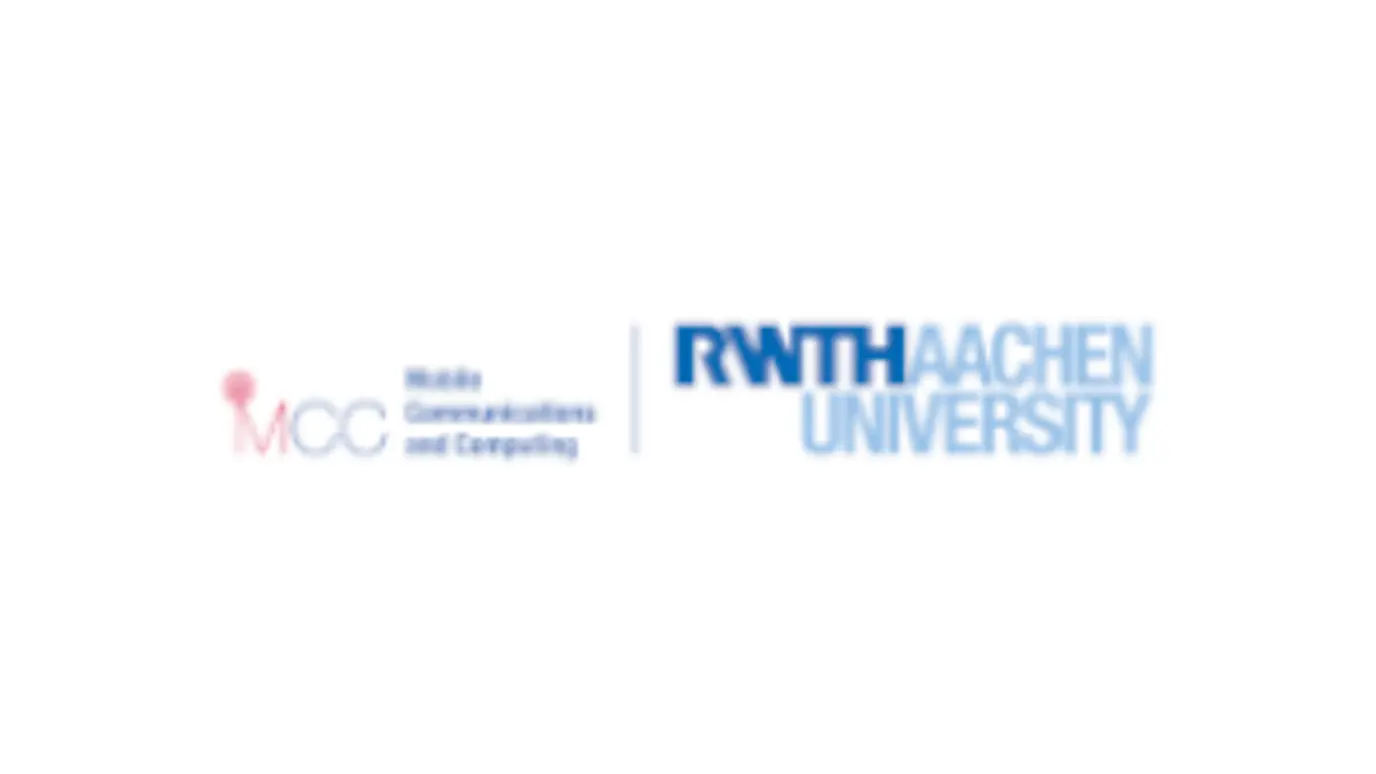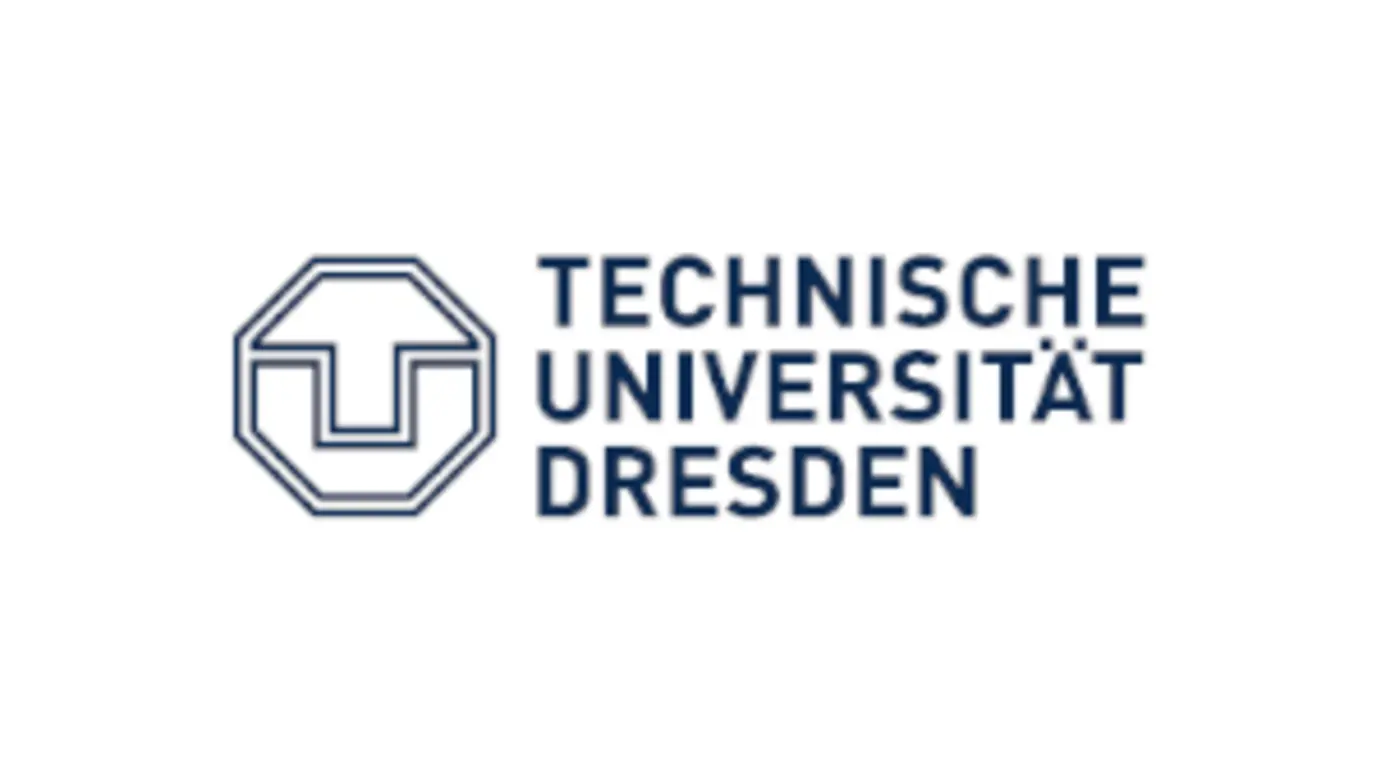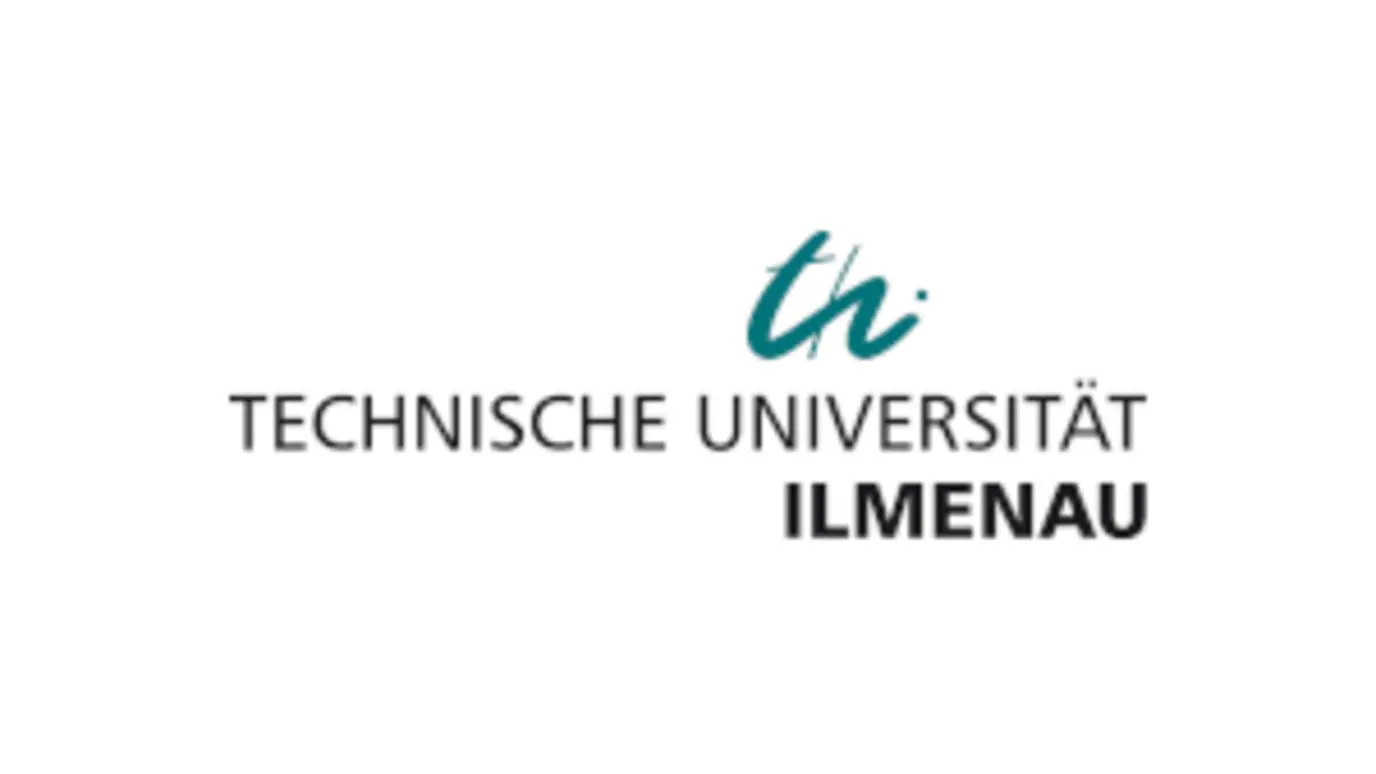Perceptive communication networks with integrated sensor technology for 6th generation mobile communications
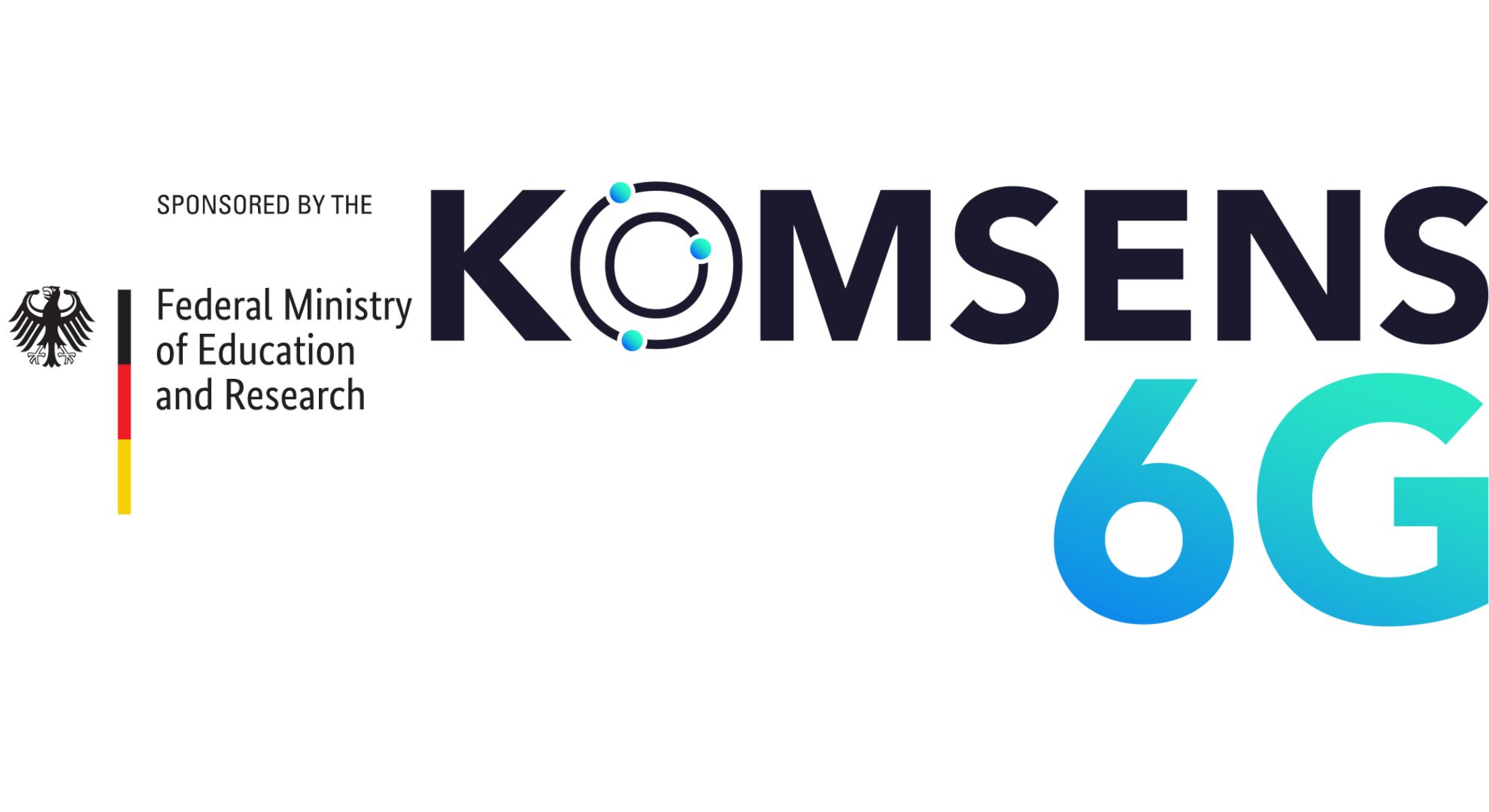
The project
Motivation
One of the core visions in the development of the upcoming 6G mobile communication generation is the merging of the digital and physical worlds. The introduction of new communication standards, for example, offers the opportunity for people and technology to interact more strongly and naturally. This will enable useful applications, for example in autonomous vehicles or telemedicine. For this fusion to succeed, future communication systems must be capable of accurately and autonomously sensing the environment in addition to transmitting data. An important field of innovation for 6G is therefore to integrate radio sensor technology, such as radar technology, into radio communications. In contrast to previous solutions, the mobile network itself will act as a sensor. This creates synergies that can be used to localize objects and also to optimize the data transmission itself.
Objectives and Approach
The collaborative project "Perceptive communication networks with integrated sensor technology for 6th generation mobile communications (KOMSENS-6G)" focuses on integrating sensor technology into 6G communication systems. In this way, the researchers want to enable future applications in Industry 4.0 or autonomous mobility. The first step is therefore to analyze requirements from key German industries. Based on this, the project team is developing a new system architecture for which the individual functional blocks, i.e. components, are being defined with the associated open interfaces. Two different application scenarios are being investigated in order to use radar technology effectively in 6G networks. In monostatic radar measurements, the transmitter and receiver are located together, while in multistatic radar measurements, distributed transmitter and receiver units are considered. Finally, the concepts in both use cases will be evaluated in demonstrations and the energy usage will be optimized.
Innovations and Perspectives
In the future, an interplay of communication and sensor technology will not only be able to locate active mobile terminals, but also objects that are not connected to the network. This will result in widespread fields of applications both indoors and in public life. In the mobility of the future, for example, free parking spaces can be found more quickly and reported to road users in real time. In Industry 4.0, factory-internal production flows can be monitored and people in critical areas can be detected. Overall, the integration of sensor technology and communication thus contributes significantly to the convergence of the digital and physical worlds. The project thus enables Germany to exploit the economic opportunities of 6G at an early stage and thus contributes to technological sovereignty.
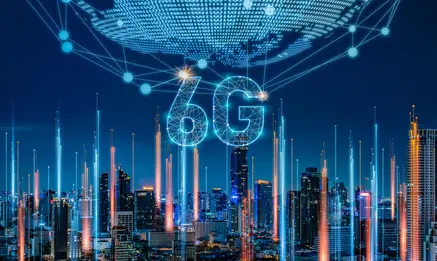
Key figures
Project Coordinator
Nokia Solutions and Networks GmbH & Co KG
Volume
15,55 Mio. € (thereof 69 % funded by BMBF)
Period
11/2022 - 11/2025
Project Partner
17 Partner from Industry & Research

Deliverables
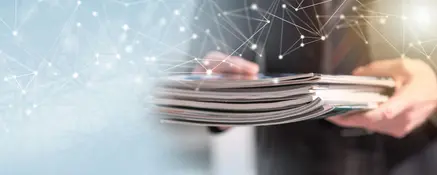
Konsortium
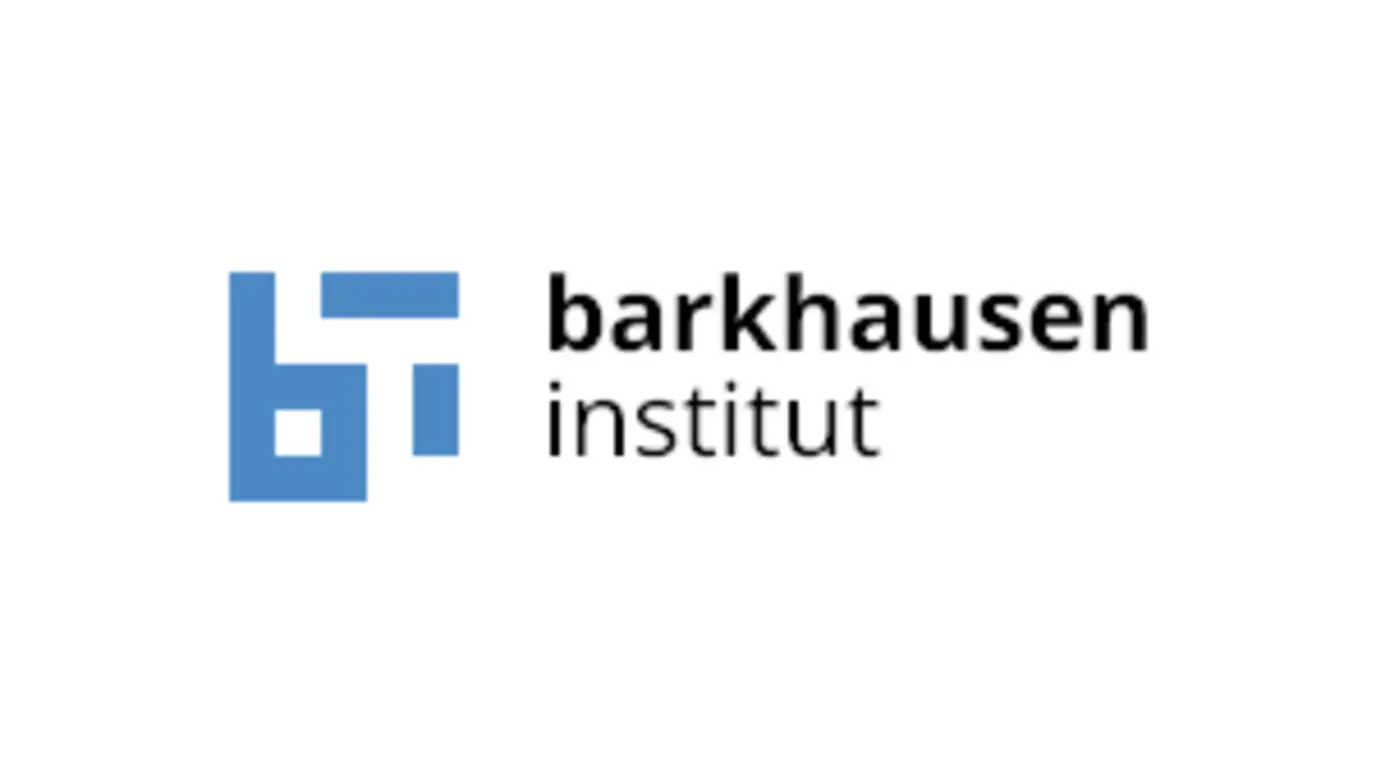
Barkhausen Institut GgmbH, Dresden

Deutsche Telekom AG, Berlin
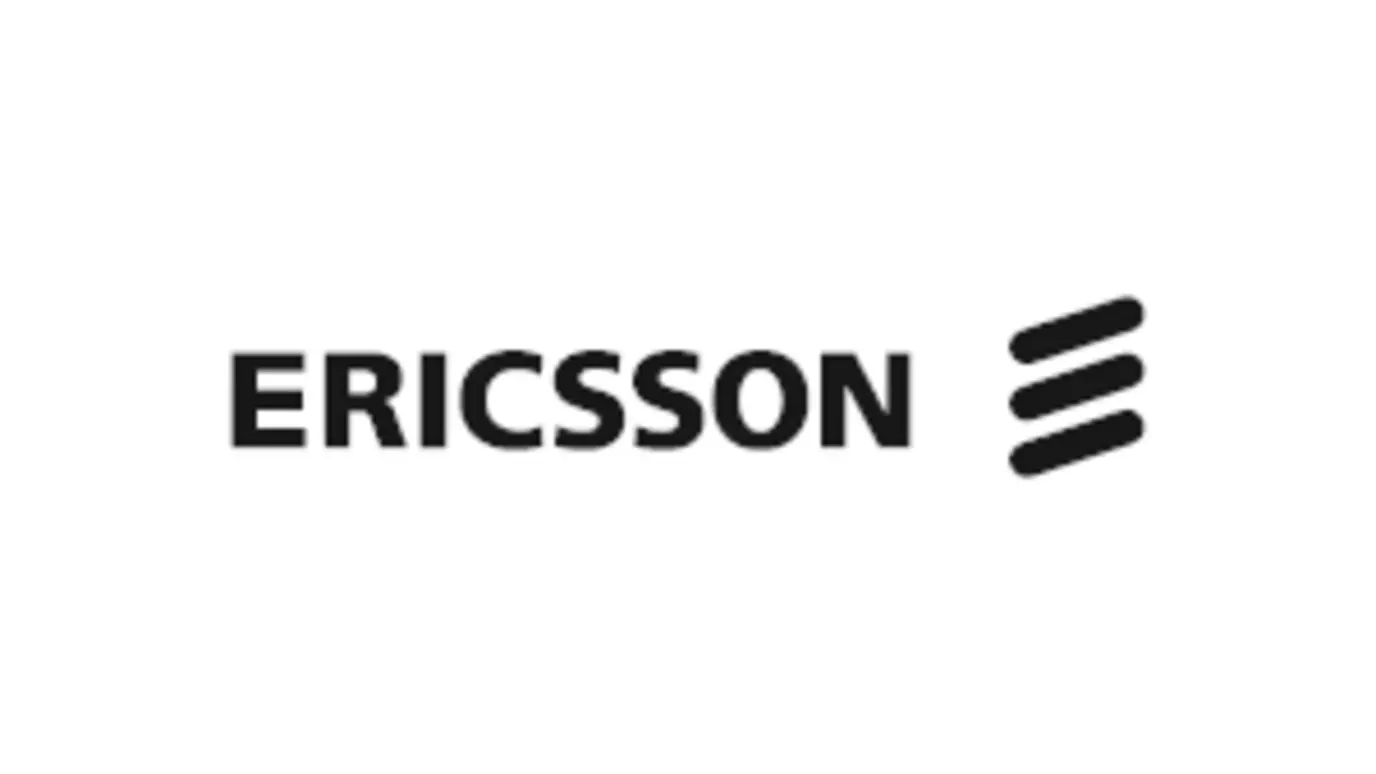
Ericsson Antenna Technology Germany GmbH, Rosenheim
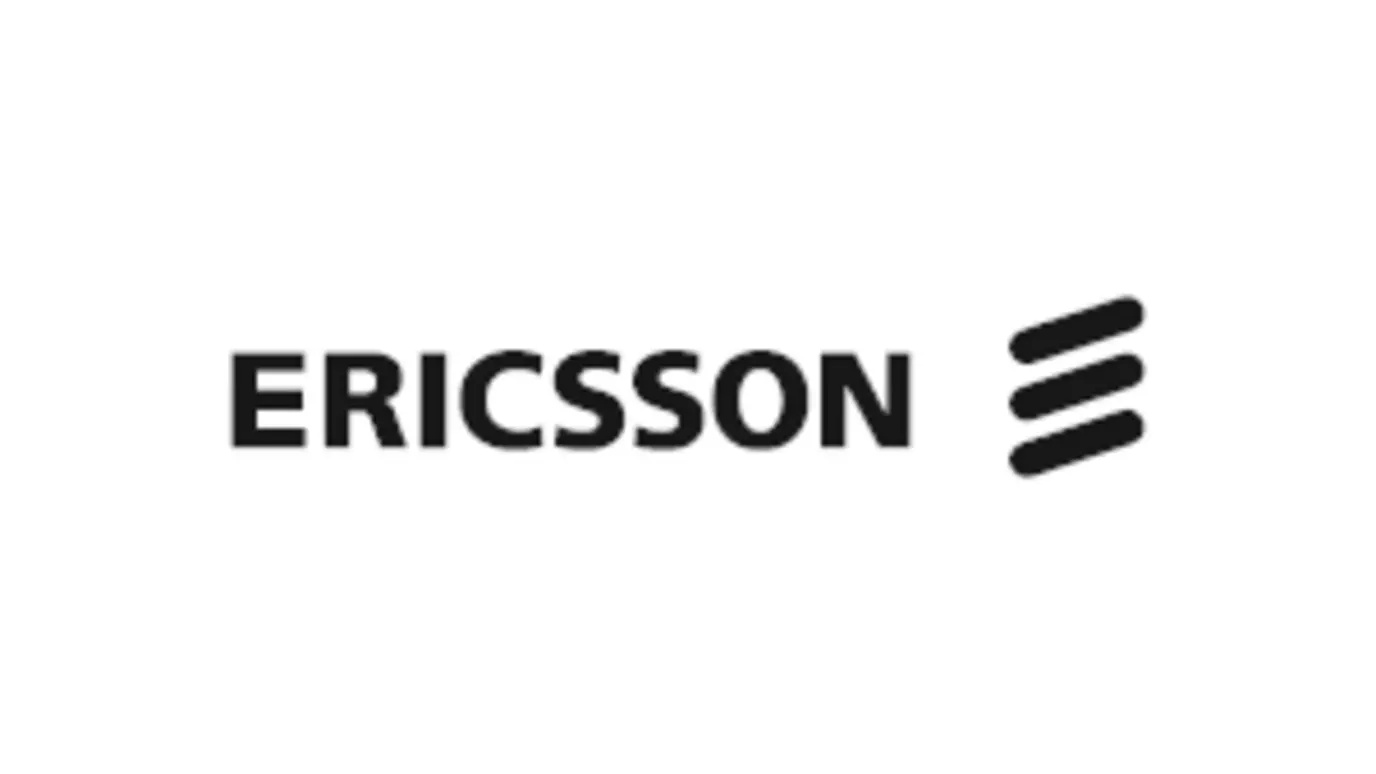
Ericsson GmbH, Herzogenrath
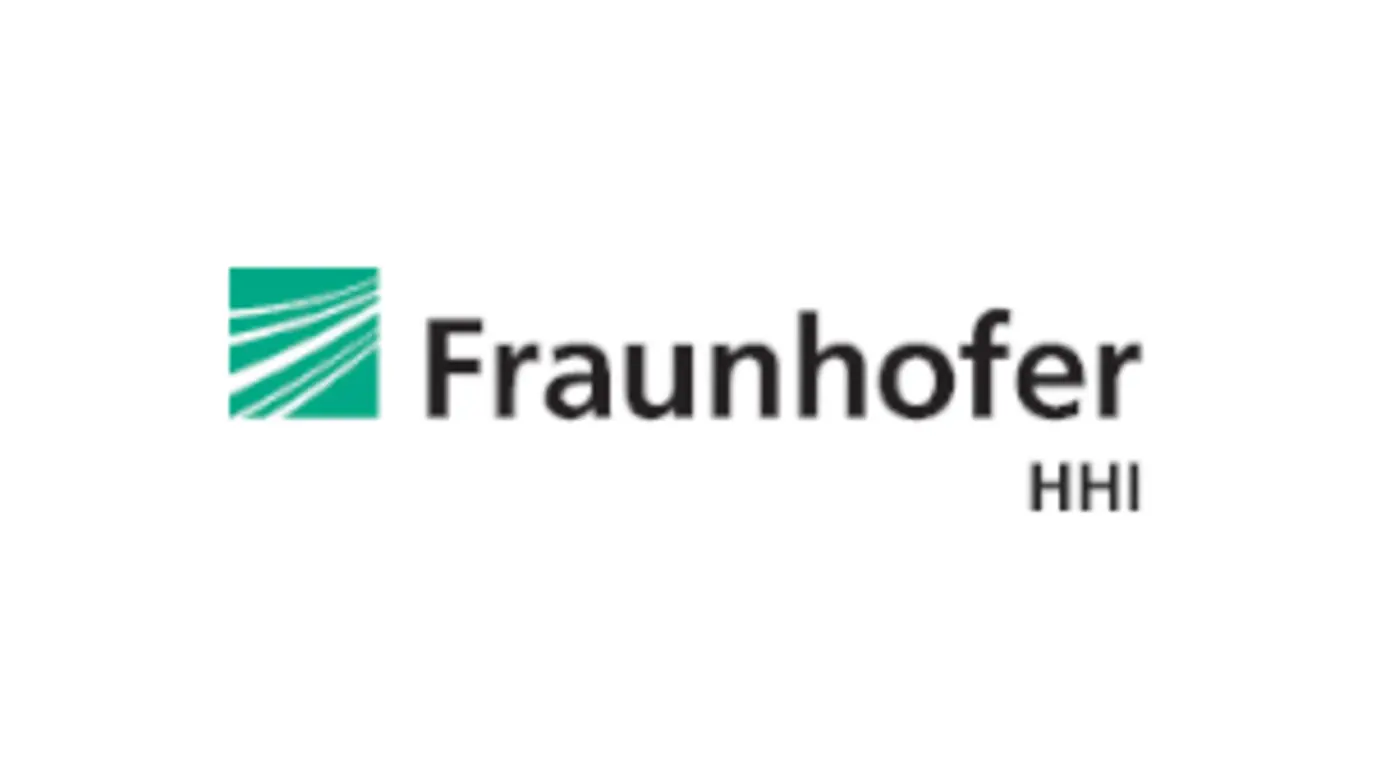
Fraunhofer HHI, Berlin
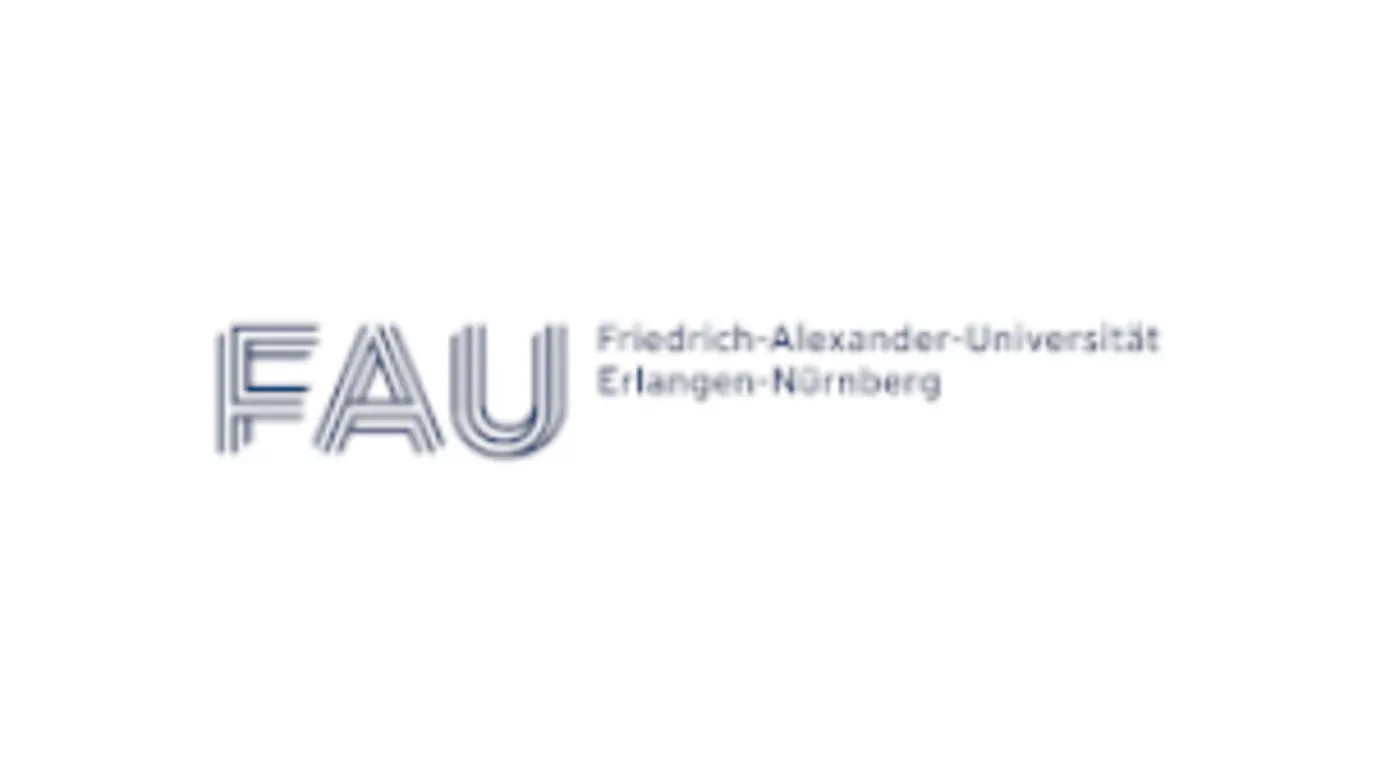
Friedrich-Alexander-Universität Erlangen-Nürnberg

GPP Communication GmbH & CO. KG, Oberhaching
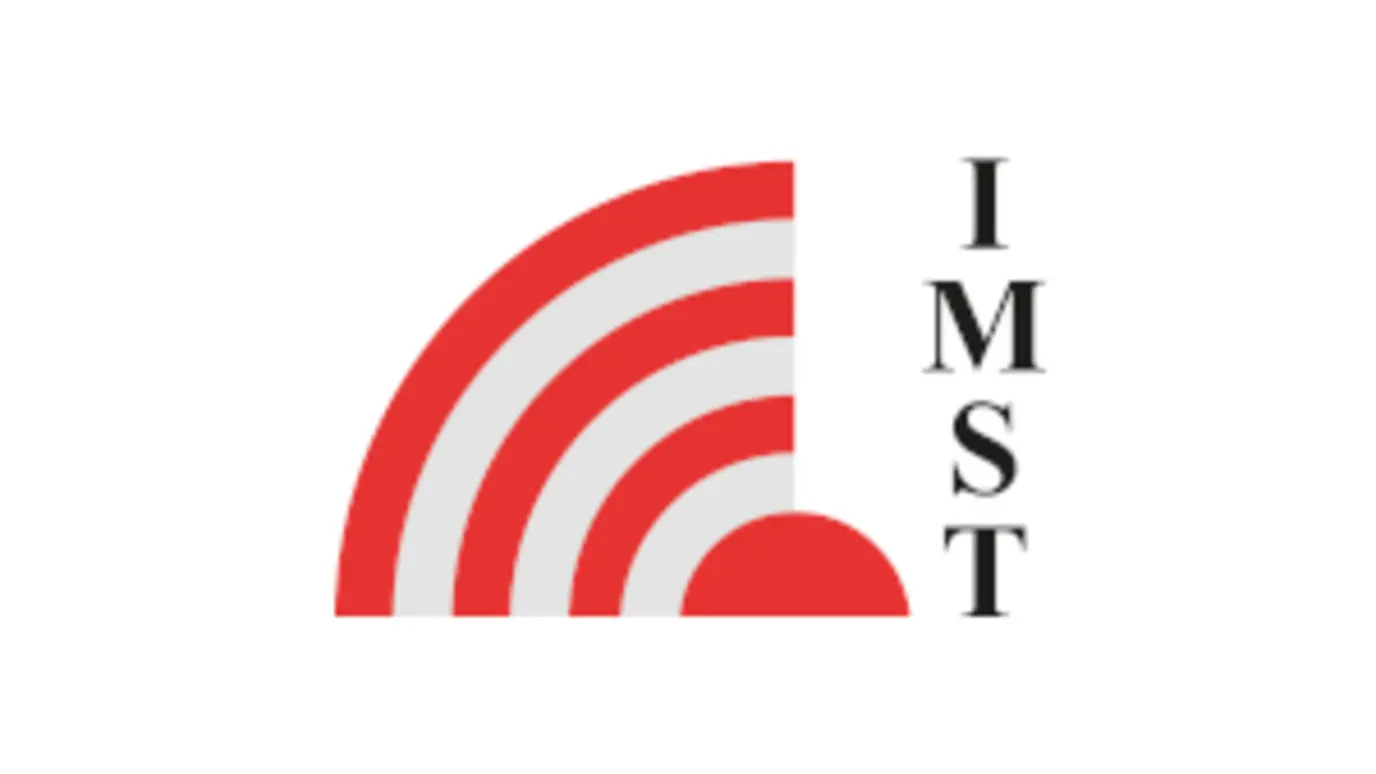
IMST GmbH, Kamp-Lintfort
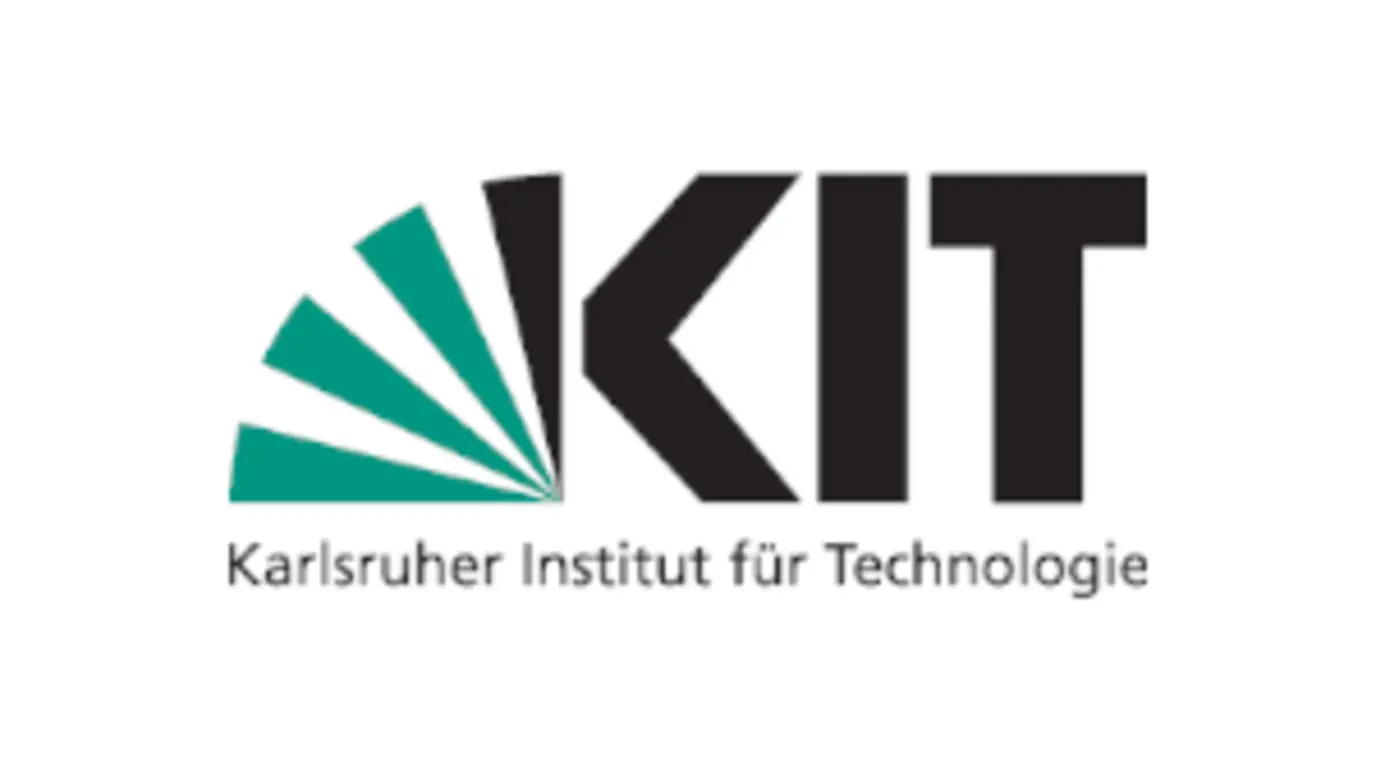
Karlsruher Institut für Technologie
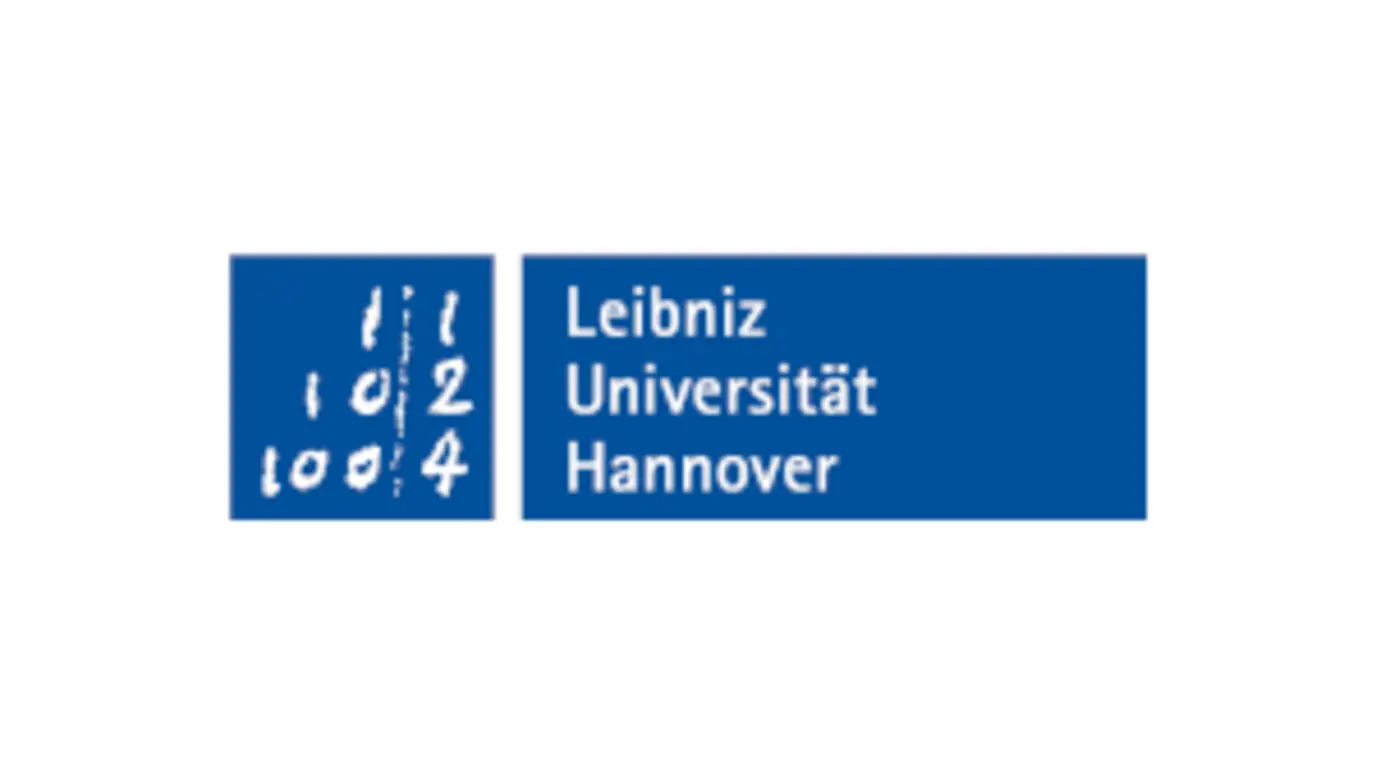
Leibniz Universität Hannover

Nokia Solutions and Networks GmbH & Co. KG

Robert Bosch GmbH
Contact
Silvio Mandelli
Department Head Signal Processing Research
Mail: silvio.mandelli@nokia-bell-labs.com
Tel.: +49 160 8856833
Nokia Solutions and Networks GmbH & Co KG
Magirusstraße 8
70469 Stuttgart

